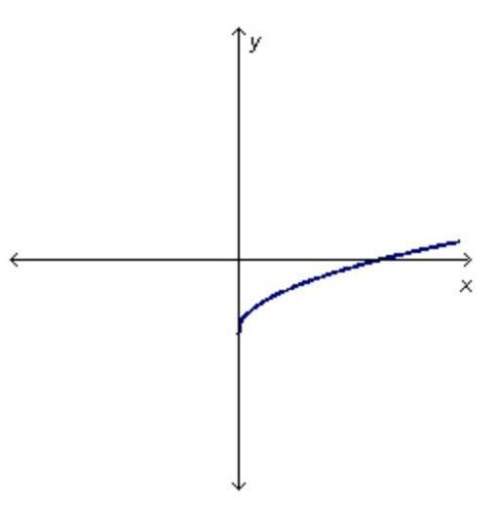
Mathematics, 08.09.2021 03:50 nuckols
An ordinary (fair) die is a cube with the numbers 1 through 6 on the sides (represented by painted spots). Imagine that such a die is rolled twice in succession and that the face values of the two rolls are added together. This sum is recorded as the outcome of a single trial of a random experiment.
Compute the probability of each of the following events.
Event A: The sum is greater than 7.
Event B: The sum is not divisible by 4.
Write your answers as fractions.

Answers: 3
Another question on Mathematics

Mathematics, 21.06.2019 20:20
Convert the mixed numbers into improper fractions. convert the improper fraction to mixed numbers.
Answers: 1

Mathematics, 21.06.2019 21:30
Write 5(6x+4)-2(5x-2) in the form a(bx+c) where a,b and c integers and a> 1
Answers: 2


Mathematics, 22.06.2019 01:00
Jack is considering a list of features and fees for current bank: jack plans on using network atms about 4 times per month. what would be jack’s total estimated annual fees for a checking account with direct paycheck deposit, one overdraft per year, and no 2nd copies of statements? a. $44 b. $104 c. $144 d. $176
Answers: 3
You know the right answer?
An ordinary (fair) die is a cube with the numbers 1 through 6 on the sides (represented by painted s...
Questions




Chemistry, 13.01.2021 17:20

Computers and Technology, 13.01.2021 17:20

Mathematics, 13.01.2021 17:20












Mathematics, 13.01.2021 17:20






